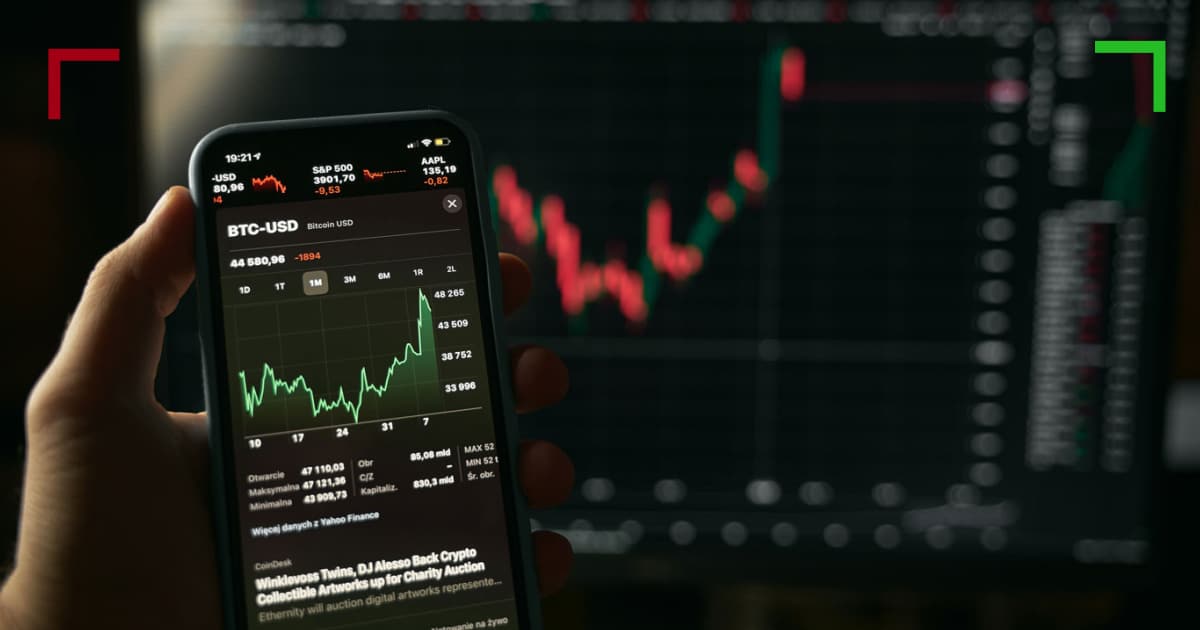
The Evolution of Trading Paper Crypto
In the rapidly changing world of finance, the concept of trading paper crypto has surfaced as a new paradigm that blends traditional trading methodologies with the explosive growth of cryptocurrencies. This article aims to delve into the intricacies of trading paper crypto, examining its advantages, challenges, and future prospects. As we embark on this exploration, we invite you to Trading Paper Crypto visit website, which offers additional insights into cryptocurrency trading.
What is Trading Paper Crypto?
Trading paper crypto refers to the practice of trading assets that are represented digitally on distributed ledgers (like blockchain) while using traditional trading concepts. Unlike conventional exchanges where physical assets are exchanged, crypto trading operates on a platform that facilitates the buying and selling of virtual assets, often accompanied by paper records for compliance and monitoring purposes.
The Mechanics of Trading Paper Crypto
The mechanics of trading paper crypto involve understanding blockchain technology, trading platforms, and regulatory implications. Here’s a closer look:
1. Blockchain Technology
At the heart of trading paper crypto is blockchain technology, which ensures transparency, security, and immutability of transactions. Each transaction is recorded on a blockchain, creating a permanent record that can be audited by regulatory bodies. This level of transparency is a significant advancement over traditional trading methods.
2. Trading Platforms
Many exchanges, such as Binance, Coinbase, and Kraken, have arisen to meet the demands of crypto traders. These platforms not only facilitate trading but also implement paper-based systems to comply with regulatory requirements. Traders can use these platforms to buy and sell various cryptocurrencies and monitor their portfolios in real time.
3. Regulatory Compliance
As cryptocurrencies gain mainstream acceptance, regulatory frameworks are evolving. Entities engaging in trading paper crypto must comply with Know Your Customer (KYC) and Anti-Money Laundering (AML) regulations. These compliance measures often require maintaining paper records of transactions, ensuring both transparency and legal adherence.
Advantages of Trading Paper Crypto
Several advantages accompany trading paper crypto, making it an enticing option for traders:
1. Transparency
The blockchain provides a transparent view of all transactions, which can help build trust among participants. This transparency is crucial for both traders and regulators, creating an environment that reduces fraudulent activities.
2. Accessibility

Trading paper crypto is accessible to a broader audience, breaking down barriers associated with traditional trading. With just an internet connection, individuals can trade cryptocurrencies from anywhere in the world.
3. Reduced Settlement Times
Unlike traditional financial transactions that may take days to settle, crypto transactions can be completed within a matter of minutes or even seconds. This speed can enhance market dynamics and provide traders with quicker access to funds.
Challenges of Trading Paper Crypto
While trading paper crypto offers various benefits, it is not without its challenges:
1. Market Volatility
The cryptocurrency market is known for its extreme volatility, which can pose significant risks for traders. Prices can fluctuate dramatically within short periods, leading to potential losses.
2. Regulatory Uncertainty
As governments and regulatory bodies continue to develop frameworks for cryptocurrencies, uncertainty remains. Traders must navigate a constantly evolving landscape, which can complicate trading operations.
3. Security Risks
Despite the robust security features of blockchain technology, cybersecurity threats persist. Traders must adopt best practices to protect their digital assets, including using secure wallets and two-factor authentication.
Future Outlook for Trading Paper Crypto
Looking ahead, the future of trading paper crypto appears promising. As technology continues to evolve, we can expect advancements in blockchain solutions that will further enhance transaction speed, security, and scalability. Furthermore, as regulatory clarity improves, institutional adoption of cryptocurrencies is likely to increase, bringing more legitimacy to the market.
Conclusion
In conclusion, trading paper crypto represents a transformative approach to digital asset trading that blends traditional and contemporary strategies. While the market remains volatile and regulatory frameworks are still taking shape, the potential for growth and innovation in this space is immense. Whether you are an experienced trader or a newcomer to the world of cryptocurrency, understanding the nuances of trading paper crypto is crucial for navigating this exciting landscape.
Additional Resources
To learn more about trading paper crypto and stay updated on the latest trends in the cryptocurrency markets, consider exploring various resources such as online courses, webinars, and forums dedicated to crypto trading.

